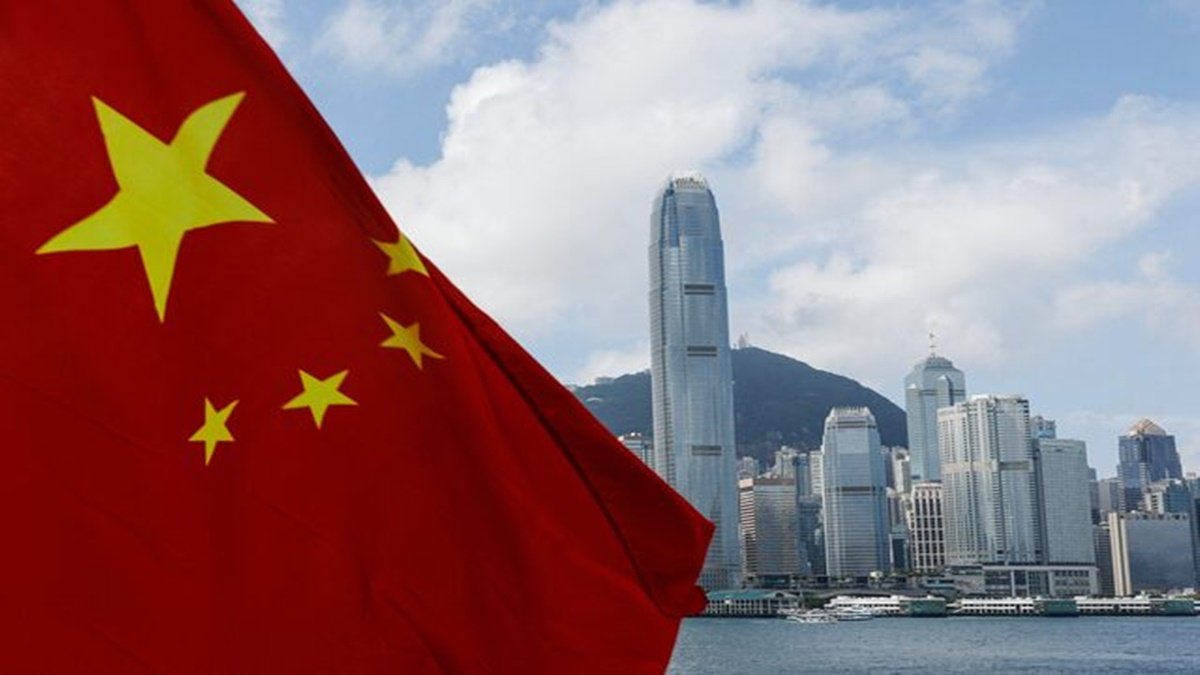China pushback on India’s GVC ascent – Opinion News
By Rishi Raj, rishi.raj@expressindia.com
China’s recent move to recall its engineers from Foxconn’s India plant, where Apple’s iPhones are assembled, had to happen sooner or later. Consider the facts: India is emerging as a genuine contender in electronics manufacturing. Obviously, Beijing is watching that rise with increasing discomfort, and Apple is the most high-profile symbol to target, the reasons for which are not hard to find.
At the end of FY25, India’s share in global iPhone production reached 20%, up from 14% the previous year. Four years ago, that number was zero. Apple is now planning to shift more than 25% of its iPhone production to India by 2026. If one looks beyond Apple at the initiatives in the larger electronics global value chain (GVC), substantial progress has been made. Five major semiconductor projects worth Rs 1.5 lakh crore are underway, backed by the likes of Tata Electronics, Micron, and CG Power. These span the full chip value chain, from design and fabrication to assembly, testing, and packaging. Roughly, Rs 60,000 crore from the government’s incentive outlay of Rs 76,000 crore has already been committed.
The linkages are slowly taking roots. For instance, Apple’s expansion plans go beyond iPhones. The company is reportedly exploring with Micron and Tata to locally source $12 billion worth of semiconductors by 2026, in line with its India-based production targets. That’s no small vote of confidence as Apple alone consumes about 26% of Taiwan’s TSMC’s global chip output.
Electronics and information technology minister Ashwini Vaishnaw recently highlighted the progress in domestic value addition. He said that while China took over 30 years to reach a 38% value addition threshold in electronics, India has already crossed 20% in six to seven years. Reaching 30% within the next two-three years and 38% in five seem to be within striking distance.
China’s move should be seen against this backdrop. India isn’t just assembling electronics, it’s building capability. And that’s where China has reasons to worry. With production-linked incentives and full-throated government support, Foxconn has ramped up iPhone assembly at its Tamil Nadu plant. Exports are growing month-on-month. Then, over 300 Chinese engineers, the key supervisors in the company’s India operations, were recalled. No statements, no drama. Just a cold, calculated move to constrict operations not at the line level but at the top of the knowledge chain.
This wasn’t a fluke. It was a strategic signal. The Foxconn episode is only one part of a broader playbook. And it’s being deployed across sectors, from electric vehicles (EVs) and renewables to semiconductors. The pattern is unmistakable—apply pressure precisely where India is starting to show export potential.
Take rare earth magnets, which are critical for everything from EV motors and wind turbines to smartphone speakers. China maintains a near-monopoly on these. In April, it introduced licensing curbs on key magnet materials which have already created supply chain disruptions for automakers.
The message from China seems to be blunt. If India wants to graduate to the global stage, it should expect the full weight of pushback. But one thing seems to have gone unnoticed. Chinese smartphone brands like Oppo, Vivo, Xiaomi, and Realme have not been touched. The reason being their India factories are catering to domestic consumption, not exports. As long as the supply chain ends within Indian borders, China sees no threat to its dominance. But Apple is different. It ships iPhones from Tamil Nadu to Europe, West Asia, and the US. That undercuts China’s grip on GVCs nurtured over decades. What we are witnessing isn’t economic friction, but an economic doctrine. China isn’t targeting Indian consumption. It’s targeting Indian ambition.
Need capital equipment for solar fabrication? Face delays. Looking for high-precision machines? Stall them. Trying to import factory-calibration engineers? Expect regulatory speed bumps. There’s no formal embargo. Just a bureaucratic fog designed to slow things down.
India is trying to respond. The government is working with Taiwan, US, South Korea, and Japan to source engineers and capital equipment. But none of this is cheap or fast. Replacing Chinese suppliers means bearing a 20-35% cost premium in the short term. European magnets cost more. American machines have longer lead times. Hiring skilled engineers from Korea or Taiwan is expensive and logistically complex.
What should the government do? It can’t let go of either the progress made or the opportunities ahead. But if uncertainties arise and costs spiral, global majors looking at India for relocating their supply chains would think thrice. The government’s response must be two-pronged—one immediate and short-term, and the other on a long-term basis.
In the short term, containing cost is the most important. If India lets cost structures spiral out of control, the goal of becoming a global export base will fizzle out. Thus, the government should adopt a surgical approach. It should provide targeted support to export-oriented sectors. Offer short-term subsidies to offset non-Chinese input costs. Ease capital import duties for equipment from friendly nations. Expand and extend the production incentive schemes, and create fast-track visa processes for foreign technical staff.
In the longer run, investing in resilience is required. Building long-term capacity, in rare earths, advanced tools, factory automation, technologies, skilled and technical workforce, are needed.
What needs to be acknowledged is that this is not a supply chain dispute but a test whether India can contain costs while navigating the chokepoints China throws up. That’s the real, immediate challenge.


